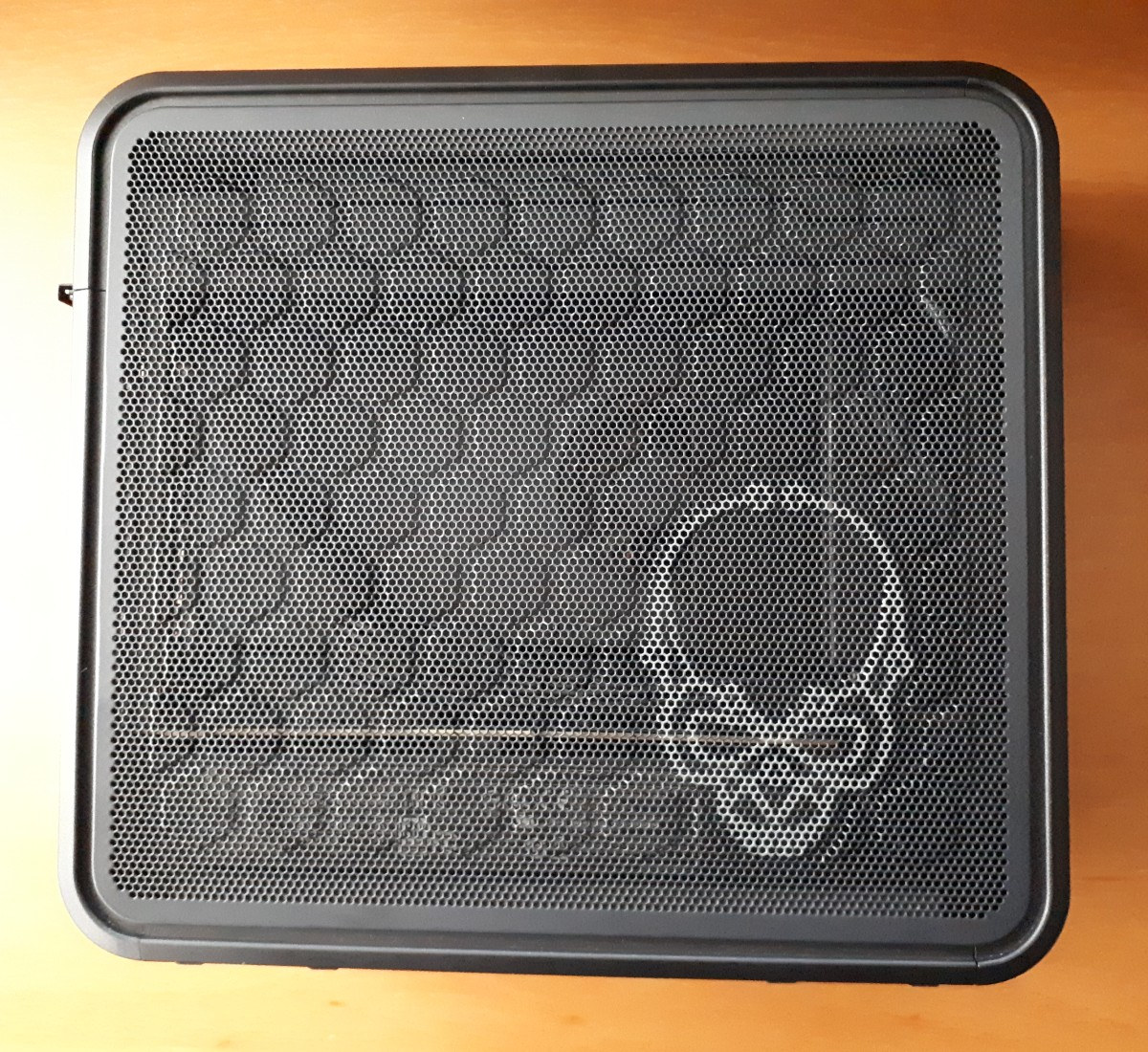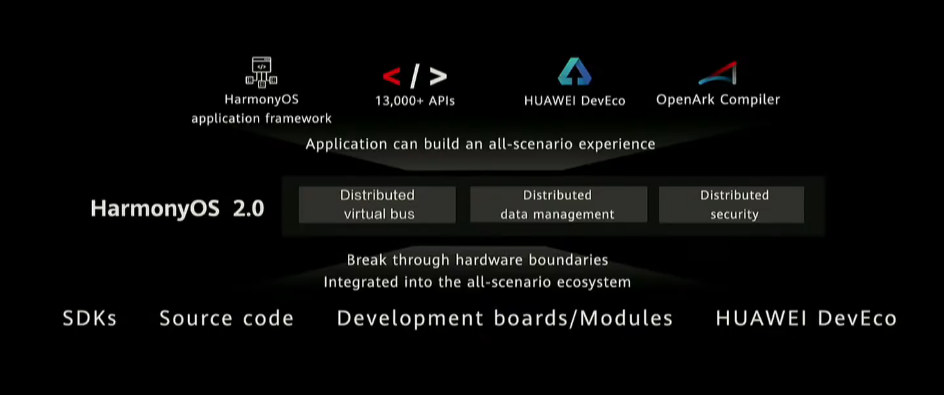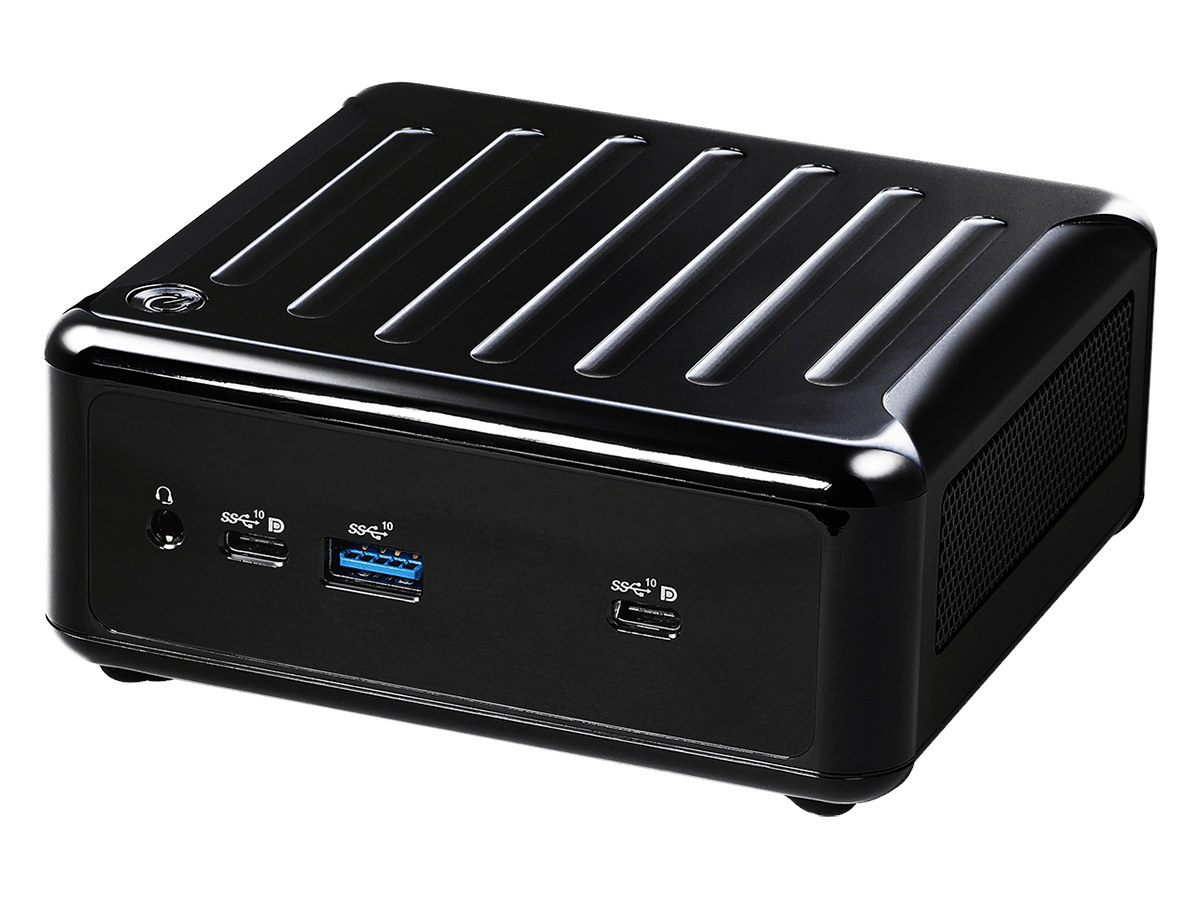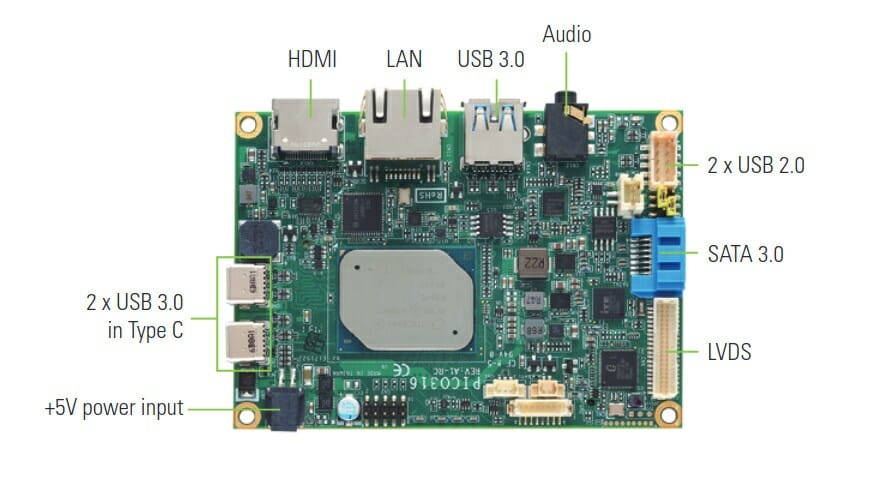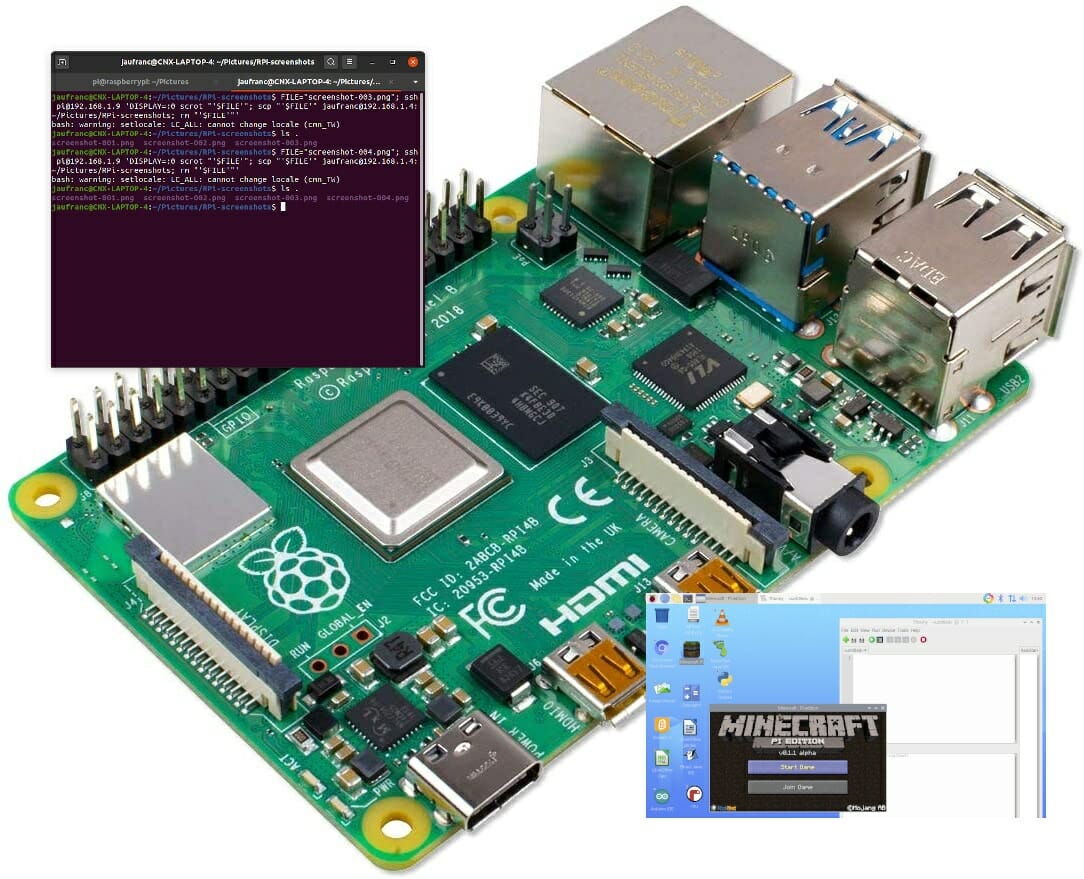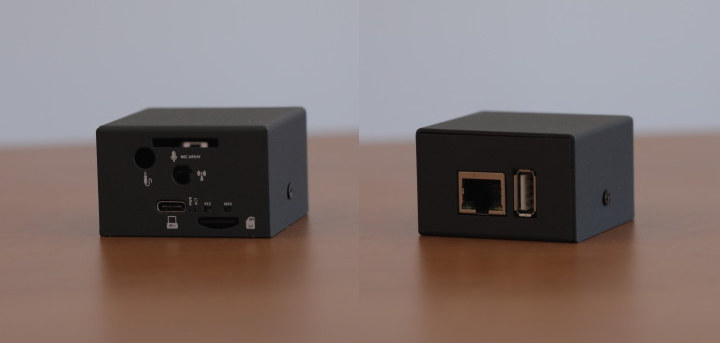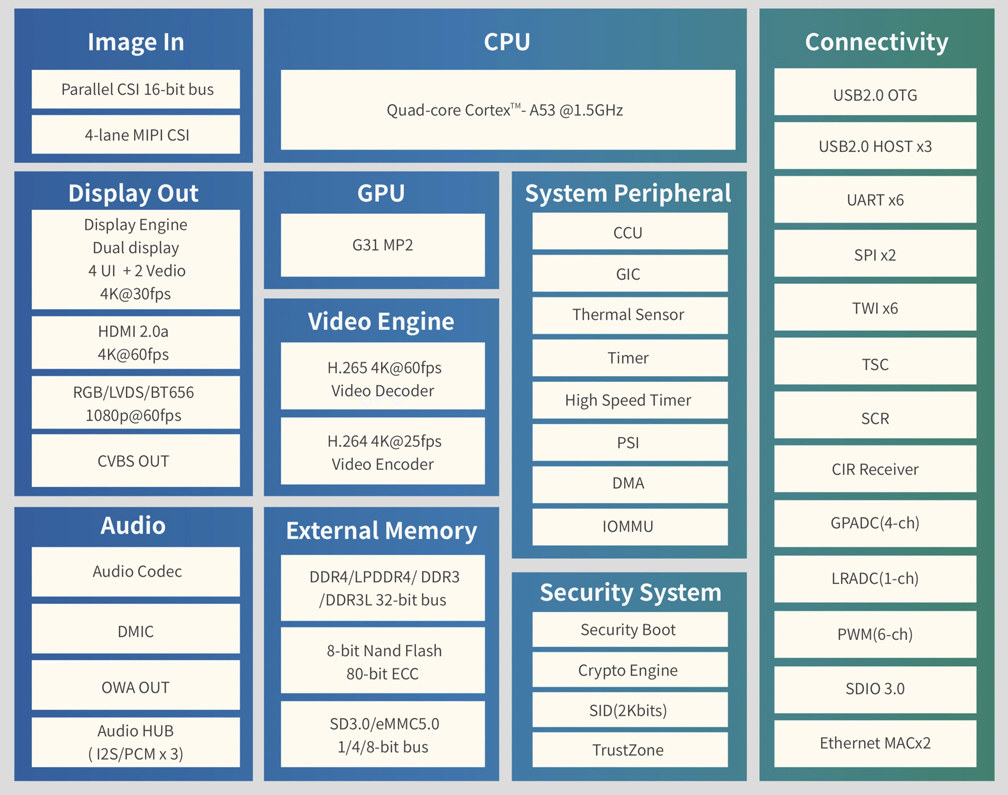I’ve previously written about Intel’s (relatively) new NUC 9 range of mini PCs and now I am following up with my experiences of having bought one. Whilst I’ll cover some performance metrics from both Windows and Ubuntu I’ll also discuss the benefits and drawbacks of using either OS together with a comparison of gaming, thermals, and power usage as well as a brief look at overclocking potential and implications together with highlighting the issues encountered. NUC9i9QNX Hardware Overview The model I purchased and will be reviewing here is the NUC9i9QNX from Intel’s Ghost Canyon lineup and is formally known as the Intel NUC 9 Extreme Kit – NUC9i9QNX. It contains a “Compute Element” with an i9-9980HK which is an eight-core 16-thread 2.40 GHz processor boosting to 5.00 GHz with Intel’s UHD Graphics 630. The full specifications of the NUC9i9QNX include: The NUC9i9QNX is sold as a kit which essentially means […]
HarmonyOS 2.0 Beta Released, HarmonyOS Devices Coming in 2021
Due to geopolitical tensions, Huawei cannot rely on Google Android operating system over the long term, and in May 2019 we reported HongMeng OS may become Huawei’s OS alternative to Android. HongMeng (鸿蒙) OS will finally be called HarmonyOS outside of China, and we recently reported Huawei was trying to attract more developers with monetary incentives to brings more apps to HMS (Huawei Mobile Services). We now have a more clear timeline with the company’s recent release of HarmonyOS 2.0 beta that’s currently available for smart home applications, smartwatches, and head-on-displays, and will become available for smartphones in December 2020. The release includes SDKs with over 13,000 APIs, documentation, tools, and simulator/emulator. OpenArk is an open-source compiler that was released last September, and Huawei DevEco is the IDE for development that works on top of Android Studio. Huawei also introduced OpenHarmony which should be the equivalent of the Android Open […]
ASROCK 4X4 BOX-4800U Industrial Mini PC is Powered by AMD Ryzen 7 4800U Processor
AMD announced the 15W Ryzen 4000-U series processor family last January. In June, the first mini PC with the new processor was announced, and ASUS PN50 which is now expected to become available in October a choice of Ryzen 3 to Ryzen 7 4000-U series processors. ASUS is now joined by another Taiwanese company with ASROCK 4X4 BOX-4800U industrial mini PC just being announced with AMD Ryzen 7 4800-U octa-core processor, and up to 64GB RAM, SATA and M.2 NVMe/SATA storage, and up to four 4K video outputs. ASROCK 4X4 BOX-4800U mini PC specifications: SoC – AMD Ryzen 7 4800U octa-core / 16-thread processor @ up to 1.8 GHz / 4.2 GHz (boost) with 12MB cache, AMD Raden Vega 8 graphics; 12 to 25W TDP (default: 15W) System Memory – 2x 260-pin SO-DIMM sockets for up to 64GB DDR4-3200 dual-channel RAM Storage 1x M.2 KEY M, 2242/2260/2280 socket with PCIe […]
PICO317 Fanless Atom x5-E3940 Pico-ITX SBC Powers Industrial IoT Applications
Axiomtek has launched a 2.5-inch Pico-ITX Atom x5-E3940 Apollo Lake SBC supporting two independent video outputs and designed for Industrial IoT (IIoT) applications for industrial automation and in the transportation and retail sectors. The PICO317 single board computer is equipped with up to 8GB SO-DIMM RAM, supports SATA and mSATA storage, Gigabit Ethernet, and dual video output is achieved via HDMI and LVDS interfaces. Axiomtek PICO317 specifications: SoC – Intel Atom x5-E3940 quad-core Apollo Lake processor @ 1.6 GHz / 1.8 GHz (Turbo) with 2 MB cache, 12 EU Intel HD graphics; 9.5W TDP System Memory – Up to 8GB RAM via 1x 204-pin DDR3L-1867 SO-DIMMto Storage – SATA 3.0 connector, mSATA socket (see Expansion section), flash for AMI BIOS Video Output – 1x HDMI up to 4K, 1x dual-channel 18/24-bit LVDS Audio – Realtek ALC662 HD Codec audio; Line-out jack Networking – Gigabit Ethernet via Intel i211-AT and supporting […]
How to Take a Remote Screenshot in Raspberry Pi over SSH
I recently reviewed a Raspberry Pi 4 laptop with a custom interface that made it impractical to take screenshots directly on the device. So instead I had to take screenshots remotely over SSH. It’s quite easy to do. Most of the steps can be reproduced in other Linux systems, and are not specific to Raspberry Pi. Enable SSH in Raspberry Pi First, enable SSH either with sudo raspi-config in a terminal window and selecting 5. Interface Options, then P2 SSH… If for some reason, you don’t have access to the terminal, take out the MicroSD card from the Raspberry Pi board, and from a computer create a new empty file named “ssh” in the boot partition. Now provided you have the username and password for your board, you can connect to SSH with the IP address from a terminal:
|
1 |
ssh <username>@<ip_address> |
or a program like Putty. Taking a screenshot remotely You’re […]
AAWireless Enables Wireless Android Auto on Android 9.0+ Smartphones (Crowdfunding)
Android 11 was just released yesterday with wireless Android Auto support removing the need to use a cable between your phone and a car running Android Auto. That’s great if you have a phone that got upgraded to Android 11, but what about people with older smartphones or people equipped with a wired Android Auto infotainment system? AAWireless offers a solution for phones running Android 9.0 or greater as a plug & play USB device that allows the use of a WiFi connection instead of a USB cable. Emil Borconi-Szedressy started the project in 2018 with the AAGateway app allowing you to use an auxiliary (slave) device to connect your existing Android Auto compatible car to your phone (master) using a hotspot created on your phone. This is not ideal since should need a spare Android phone to run the slave device. AAWireless removes this need as Emil ported the […]
Allwinner T5 Processor to Power Android 10 and Linux Multi-Camera Infotainment Systems
Allwinner T-series processors are designed for transportation applications such as automotive infotainment systems, smart rear-view mirrors, and navigation systems. The Zhuhai-based company has now added a new T-series processor to its website with Allwinner T5 processor featuring four Cortex-A53 cores and a Mali-G31 MP2 GPU that’s a nice upgrade to the Mali-400 MP2/4 GPUs used in their other automotive processors. Allwinner T5 specifications: CPU – Quad-core Arm Cortex-A53@1.5GHz GPU – Arm Mali G31 MP2 with support for OpenGL ES 3.2/2.0/1.0, Vulkan 1.1, OpenCL 2.0 Memory I/F – 32-bit DDR4/DDR3/DDR3L/LPDDR3/LPDDR4 interface up to 4GB Storage I/F SD3.0/eMMC5.0 interface 8-bit Nand flash interface with maximum 80-bit/1KB ECC Video Engine Video decoder H.265 MP decoder up to 4K @ 60fps H.264 BL/MP/HP decoder up to 4K @ 30fps VP9 decoder up to 4K @ 60fps AVS2 decoder up to 4K @ 60fps Multi-format 1080p60 video playback including VP8, MPEG1/2 SP/MP, MPEG4 SP/ASP, AVS+/AVS […]
Android 11 Release – People-centric Communication and “Pixel-First” Features
Six months have passed since Android 11 developer preview was released in February and at the time we noted enhancements for foldables and 5G, new call-screening APIs, new media & camera capabilities including animated HEIF support, as well as machine learning improvements. Google has now officially released Android 11 that is currently rolling out to select Google Pixel, OnePlus, Xiaomi, OPPO, and Realme phones. More phones will be upgraded/supported in the future, and Google also introduced some Pixel-first features that will (initially?) end up on Pixel phones exclusively. All Android 11 phones will support chat bubbles to message on top of other applications, built-in screen & audio, wireless Android Auto support with compatible cars, one-time permission for increased privacy, and more. But Google may have changed strategy trying to make Pixel phones more attractive to prospective buyers and increase sales as the Android 11 release comes with the following Pixel-exclusive […]


